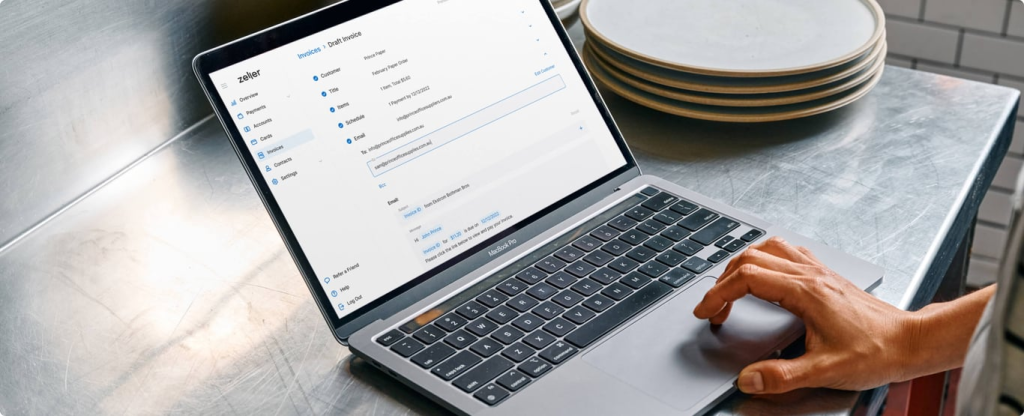
What information should you include on an invoice? This is a question that many businesses ask each year – the last thing you want is to send an invoice and find that a critical piece of information is missing. Is there anything more embarrassing than having a customer message to tell you that you’ve missed the tax or payment information? Here are some suggestions for including shipment, discounts and taxes on an invoice (as well as some other information you don’t want to forget!):
1. Shipment Information: Include the shipping method used, carrier name, tracking number, shipping cost and any additional fees associated with the shipment. This will provide your customer with all of the necessary information to accurately track their order.
2. Discounts: If you are offering any discounts, make sure to clearly list them on the invoice. This will help avoid confusion and provide a clear picture of the total cost of their order. Why leave your customers asking questions when you can present all the pertinent information from the start?
3. Taxes: Depending on your location, there may be different taxes that need to be included on the invoice. Ensure that you have listed all applicable taxes that may apply and clearly enumerated them as such. This will help your customer understand the overall cost of their order and any additional fees associated with it.
By including all of these important pieces in your invoice, you can provide a level of transparency to your customers and ensure that they have a clear picture of the total cost of their order. This can help to create a better customer experience and build trust in your business. However, the list doesn’t end after these big three.
4. Payment Information: Naturally, it’s important to ensure that customers are aware of their payment options. Make sure the invoice includes the accepted methods of payment, such as credit card, check or cash. You may also want to provide the customer with an easy way to pay electronically, such as through a link or QR code.
5. Return/Refund Information: Consumers want to feel secure in their purchases, so make sure that you include a short paragraph on returns and refunds. This should explain the policy as well as provide any necessary contact information if a customer needs to get in touch with you about a return or refund.
6. Company Details: At the end of the invoice, add some company contact details. This should include the business name, address, phone number and website. Additionally, you may also want to add a logo or other branding elements. All these types of elements tend to add to the credibility of the invoice and your brand as a whole. Do check out this invoice generator free for your business.
7. Signature Space: Finally, consider adding space for the customer to add a digital signature (as well as adding your own!). This will provide an additional layer of authenticity and ensure that the customer is agreeing to the terms outlined on the invoice. Additionally, you may also want to add a due date for the bill so that customers know when they need to send payment.
Summary
If you’re worried about missing important information, work with an invoicing solution and adapt a customisable template to your needs. Doing so will ensure that your invoices include everything necessary for a successful payment, as well as provide a professional look and feel. With the right invoice, you will have a credible and reliable brand!
Read More – Skyware Inventory Management Software

James is a great tech-geek and loves to write about different upcoming tech at TechyZip. From Android to Windows, James loves to share his experienced knowledge about everything here.

Leave a Reply